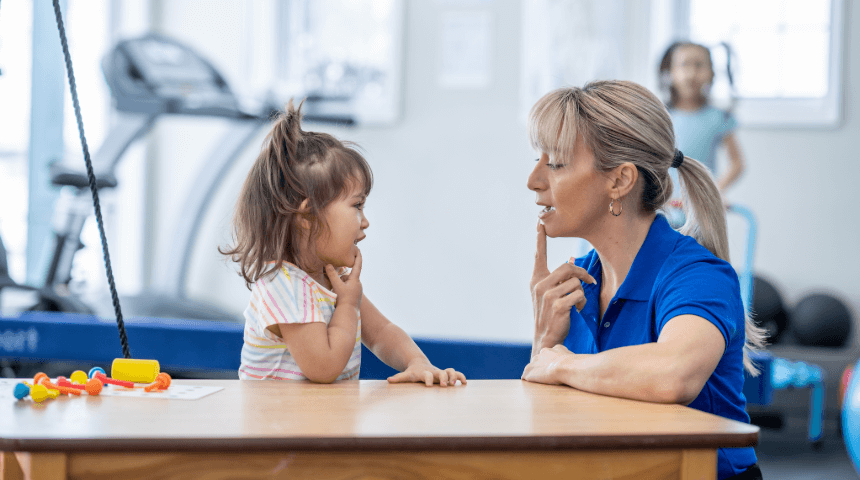Teaching Your Child Bicycle Safety
An easy and fun way for you and your kids to explore and get exercise is riding bicycles together.
Before you get started, though, take some time to teach bicycle safety so everyone can practice healthy habits and avoid injuries.
Use Safety Equipment
The No. 1 safety rule: your child must always wear a helmet to prevent head injuries. In Florida, every child under the age of 16 is required by law to wear a helmet. The helmet cannot be just any helmet; it needs to fit your child snuggly for the best protection. The Bicycle Helmet Safety Institute offers this checklist for ensuring a proper fit:
- The helmet should be level on the rider's head.
- The front rim should be barely visible to the rider's eye.
- The Y of the side straps should meet just below the ear.
- The chin strap should be snug so when riders open their mouths wide the helmet pulls down a little.
- When the helmet is moved side to side and front to back, the skin around the rider's eyebrows should move slightly. If it does not, the fit pads are probably too thin or the helmet may be too large.
- If there is a rear stabilizer, adjust it until it is snug under the bulge on the rear of the head.
- Have the rider put a palm on the front of the helmet and push up and back. If it moves more than an inch, more fitting is required.
- If the helmet dislodges when the rider’s head is shaken, adjust the straps.
- Check to make sure the helmet is comfortable.
Clothing that increases rider visibility and active lighting on bicycles can help prevent accidents. Fluorescent clothing can make bicyclists more easily seen from farther away during the day, and reflective materials on clothing and bicycles can increase visibility at night. Active lighting — white lights, rear red lights or other lighting on the bicycle or rider — is required by law in most states when you’re riding bicycles after dark.
Obey Same Rules as Cars
Nearly 1,000 bicyclists die and more than 130,000 are injured every year in crashes on roads in the United States, the Centers for Disease Control and Prevention (CDC) reports. Plus, people ages 10 to 24 years account for nearly one-third of all bicycle-related injuries seen in U.S. emergency rooms. That’s why it’s critical that you teach your child to follow the same rules of the road that motorists do.
Riding a bike requires a rider’s full attention, so your child should never wear headphones or ear buds. Bicyclists need to obey all stop signs and traffic lights and be aware of the motorists and pedestrians around them.
Hand signals are an important communication link between cyclists and motorists. Any child who does not have the skills necessary to use hand signals without falling or swerving shouldn't be riding in the street, says the American Academy of Pediatrics. Many accidents involving older children occur when they fail to signal motorists where they intend to go.
It is a myth that it is safer for your child to ride facing traffic. Riding against traffic confuses or surprises drivers. Bicyclists should always ride on the right with traffic.
Prepare for Your Ride
Preparation can help add layers of safety features to your child’s bike ride.
- Plan your route ahead of time. This allows you to choose roads with less traffic, slower speeds and, hopefully, bike lanes.
- Make sure your child ties shoelaces and tuck pant legs so they avoid getting caught in a bike chain.
- When not riding with you, have your child ride with a friend. A pair of riders is more easily seen by motorists, and having a buddy increases safety in many other ways, too.
Are You Interested in Learning More?
Sign up for our e-newsletter for more tips and best practices from pediatricians.
Sign Up Here










